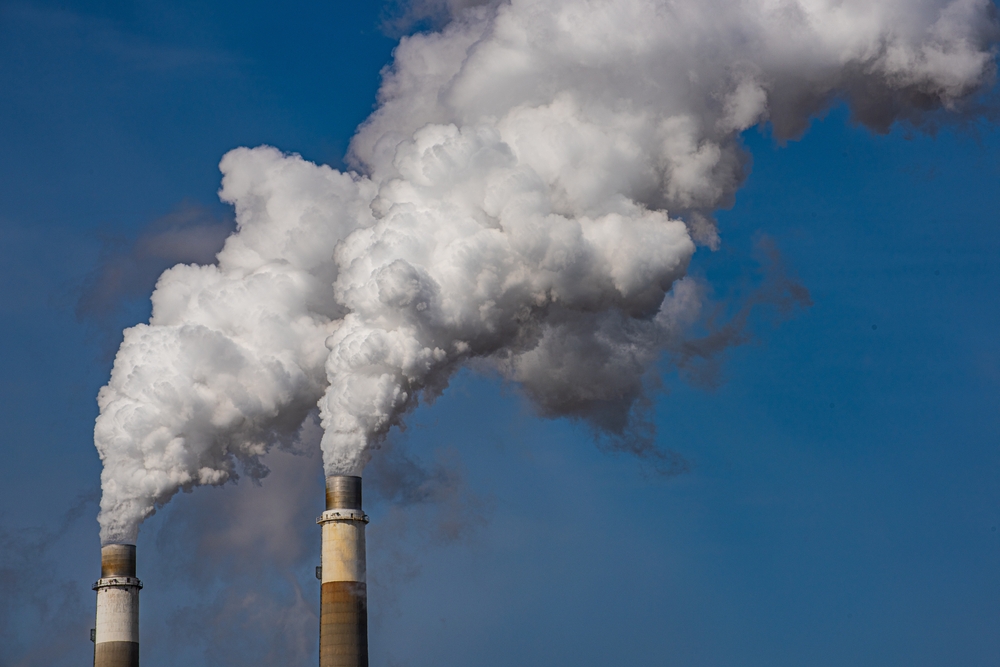Mercury is a toxic metal that can be carried through air and water and causes significant health effects.
Though mercury occurs naturally in rocks and minerals, human activities – such as the burning of fossil fuels – are responsible for much of the mercury released into the environment today.

Atmospheric mercury can travel long distances before falling as rain, snow, or microscopic particles and winding up in soils and surface waters. Once in the water, the mercury can be converted to its most toxic form, methylmercury, which bioaccumulates (a process in which it builds up over time) within fish and humans that are exposed to it or eat contaminated fish.
In the Northeast, much of the mercury deposited is emitted in other regions of the country, posing a unique challenge.
NEIWPCC’s Role
NEIWPCC provides support to its member states by tracking and reviewing technical and policy issues related to mercury, coordinating regional mercury projects, and participating in national and regional groups focused on mercury.
Most notably, NEIWPCC played a lead role in coordinating the current Northeast Regional Mercury Total Maximum Daily Load (TMDL) and the Northeast States’ Clean Water Act Section 319(g) Petition for Mercury. The TMDL was finalized in 2007, which calls for a 98% reduction in atmospheric sources of mercury from both inside and outside the region. Additionally, in 2008, NEIWPCC and its member states petitioned the EPA to hold an interstate management conference on mercury. The EPA convened the nation’s first §319(g) management conference in 2010, with participation from all the Northeast states, all 11 of the contributing states named in the petition, and representatives from EPA headquarters and EPA Regions 1, 2, 3, 4, and 5. A request asking the EPA to establish federal mercury standards for coal-fired power plants resulted from the conference. The Mercury and Air Toxics Standards were established in 2011, leading to significant reductions in mercury emissions.
Read more in the article, “Mercury Progress: Up in Smoke?,” published in the February 2020 issue of Interstate Waters on page 6, as well as in this news post.
NEIWPCC continues to follow data trends of mercury emissions to support the states in the Northeast and advance clean water in the region.
Mercury Standards
The U.S. EPA and all NEIWPCC member states have established water quality criteria for mercury. These criteria protect aquatic life and allow for safe human consumption of fish. Some states have also set mercury criteria for drinking water.
View the EPA’s methylmercury human health criterion.
| EPA | CT | MA | ME | NH | NY | RI | VT | ||
| Aquatic Life | Freshwater Acute | 1.4 | 1.4 | 1.4 | 1.7 | 1.4 | 1.4 | 1.4 | 2.4 |
| Freshwater Chronic | 0.77 | 0.77 | 0.77 | 0.91 | 0.77 | 0.77 | 0.77 | 0.012 | |
| Saltwater Acute | 1.8 | 1.8 | 1.8 | 2.1 | 1.8 | N/A | 1.8 | N/A | |
| Saltwater Chronic | 0.94 | 0.94 | 0.94 | 1.1 | 0.94 | N/A | 0.94 | N/A | |
| Human Health | Consumption of Water and Organisms | N/A | 0.05 | N/A | N/A | 0.05 | 0.7* | 0.14 | 0.14 |
| Consumption of Organisms Only | 0.3 mg/kg ** | 0.051 | 0.3 mg/kg ** | 0.2 mg/kg ** | 0.051 | 7×10-4 | 0.15 | 0.15 |
All concentrations in µg/l unless otherwise noted.
* Applies to drinking water source only.
** Criterion is for concentration in fish tissue.
For information on water quality criteria for other parameters, see our water quality standards matrix.
